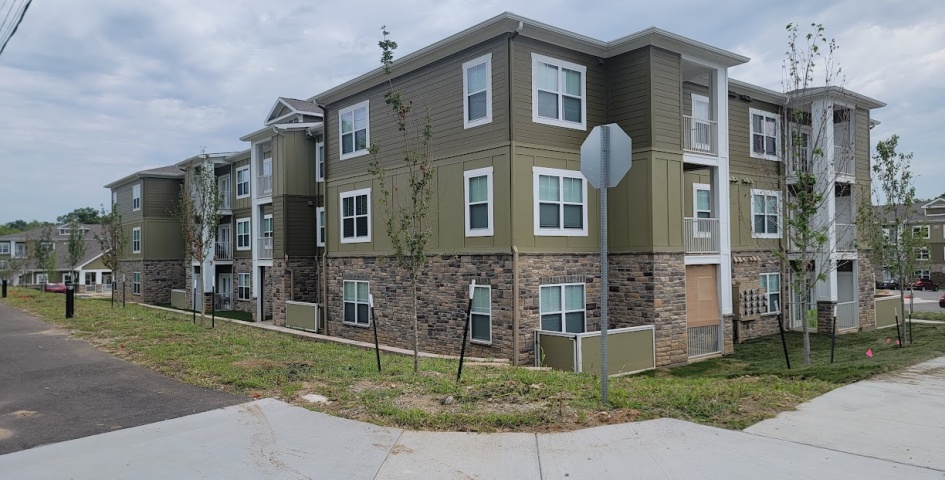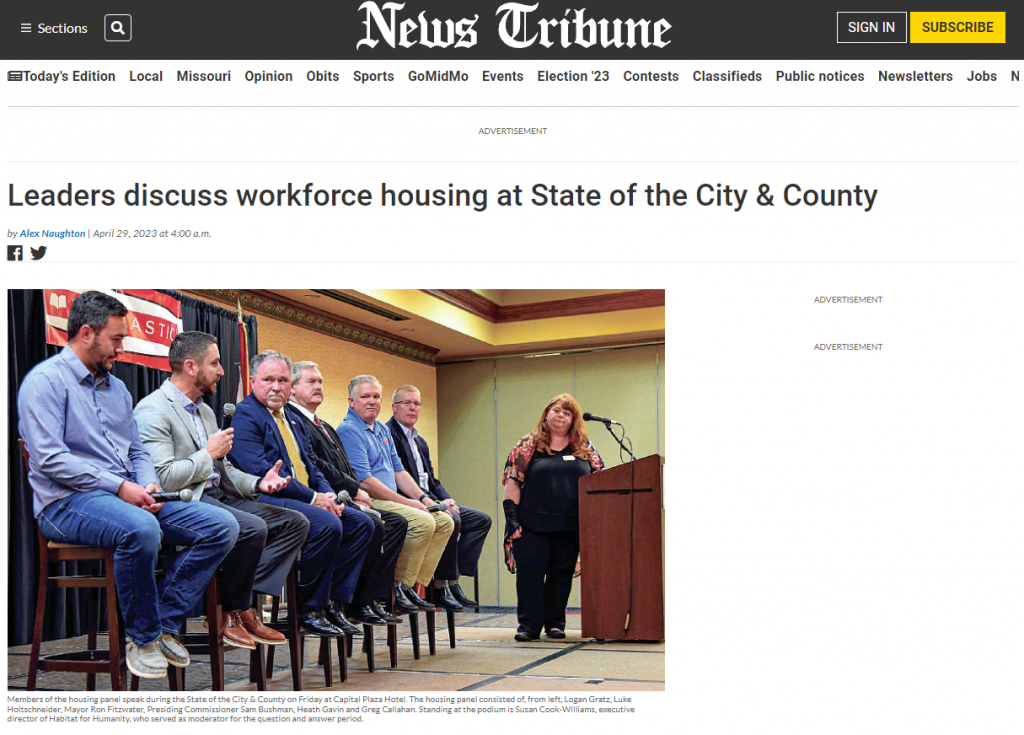Our Davidson’s Landing workforce housing development in Kansas City was awarded FIRST PLACE in the Multi-family Category of the Excellence in Building Awards at last night’s kick-off of the annual Structural Insulated Panel Association (SIPA) Meeting and Expo in Scottsdale, Arizona.
Davidson’s Landing is the first of a new breed of energy-efficient apartments serving the hard-to-reach middle-income workforce housing market. Because we utilized SIPs, we were able to successfully monetize the energy benefits to make the numbers work for this project.
Many thanks to my development partners (Robert Hughes and Jason Young) and my design partners (John Urban, Michael Lash, Philip Agee, Chris Mathis, Erik Henson, and Chris Bloom) for their help in making this project a success.
A link to the SIPA award site is found here











